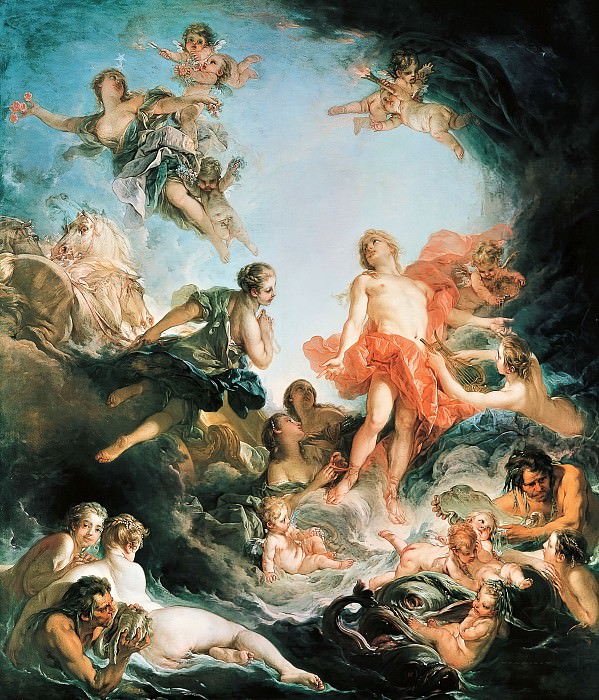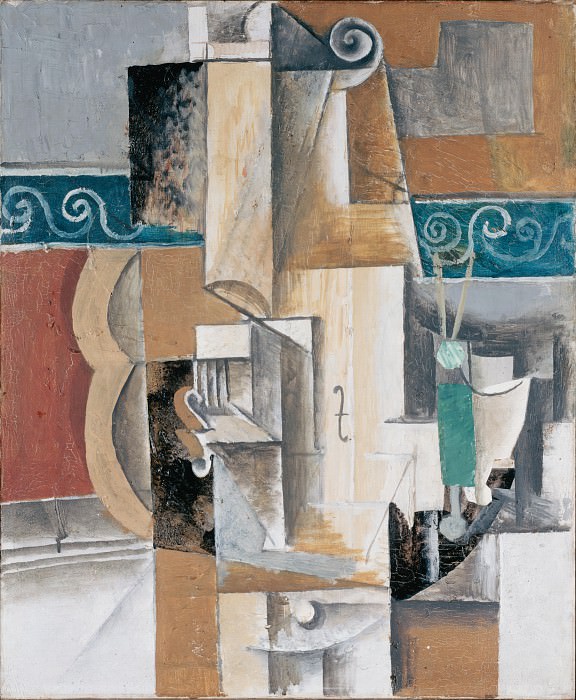The Evolution and Impact of Icon Art
Icon art, often characterized by its profound spiritual and cultural significance, has a rich history that transcends geographical and temporal boundaries. This art form, revered for its ability to convey deep religious and symbolic meanings, has evolved over centuries from its origins in ancient traditions to its contemporary manifestations. The journey of icon art is a fascinating tale of cultural fusion, artistic evolution, and spiritual reflection.
Historical Roots and Early Development
The roots of icon art can be traced back to early Christian traditions where it began as a medium to express and venerate religious figures. In the early days of Christianity, icons were not merely decorative but served as crucial tools for worship and meditation. The origins of iconography are deeply intertwined with the Byzantine Empire, where the creation of icons was formally established as a revered practice. These early icons were characterized by their symbolic representation of divine figures and saints, crafted to inspire devotion and contemplation.
In the Byzantine era, icon art reached its zenith, characterized by its distinctive style and rigorous adherence to religious principles. Artists were guided by strict conventions that dictated the use of specific colors, forms, and compositions to ensure that the icons conveyed their intended spiritual messages. The use of gold leaf and intricate patterns in Byzantine icons not only added a layer of opulence but also symbolized the divine light and heavenly realms.
The Iconoclastic Controversy
The history of icon art is not without its conflicts. The Iconoclastic Controversy of the 8th and 9th centuries was a significant period of strife within the Byzantine Empire regarding the legitimacy and veneration of icons. This theological and political debate led to periods of iconoclasm, where the destruction and banning of icons were enforced. The controversy was driven by differing views on the use of religious images in worship, with some factions arguing that such practices were akin to idolatry.
Despite the upheaval, the iconoclastic period ultimately ended with the reaffirmation of the role of icons in religious practice. The resolution of the controversy reaffirmed the importance of icons in the spiritual and cultural life of the Byzantine Empire, leading to a renaissance in icon production and the establishment of clearer guidelines for their creation and use.
The Spread of Icon Art Beyond Byzantium
The influence of Byzantine icon art extended far beyond the empire's borders, shaping the artistic traditions of neighboring regions. As Christianity spread into Eastern Europe, Russia, and the Mediterranean, so too did the iconographic tradition. In Russia, for example, icon art developed a distinct style, characterized by its own set of conventions and regional variations. Russian icons often featured a more elaborate narrative style, with a focus on depicting complex theological concepts and stories.
In Western Europe, the impact of icon art was more nuanced. While the Protestant Reformation led to a reduction in the use of religious images, the Catholic Church continued to support the creation and veneration of icons. This period saw the emergence of new artistic techniques and styles that incorporated elements of iconography into broader religious and artistic practices.
Icon Art in the Modern Era
In the modern era, icon art has experienced a resurgence as contemporary artists and scholars seek to reconnect with its rich heritage. The revival of traditional techniques and the exploration of new materials and methods have breathed new life into this ancient art form. Modern icons often blend traditional elements with contemporary aesthetics, creating works that resonate with both historical significance and current artistic trends.
The appreciation of icon art has also expanded beyond religious contexts, with many contemporary artists and collectors valuing the historical and cultural aspects of icons. Icon art is now featured in exhibitions, museums, and private collections around the world, where it is studied not only for its artistic qualities but also for its role in cultural and spiritual history.
The Symbolism and Techniques of Icon Art
At the heart of icon art is its rich symbolism, which serves as a bridge between the material and spiritual worlds. Each element of an icon is carefully chosen and placed to convey specific theological concepts and narratives. The use of color, for example, is highly symbolic; gold often represents divine light and the heavenly realm, while other colors are used to denote various aspects of the divine and human experience.
The techniques used in the creation of icons are as important as their symbolic content. Traditional icon painters employed methods such as tempera painting on wood panels, the use of gold leaf, and the application of intricate patterns and designs. These techniques were not merely aesthetic choices but were deeply embedded in the spiritual and ritualistic aspects of icon creation. The process of creating an icon was often accompanied by prayers and religious ceremonies, reflecting the belief that the act of painting was itself a form of devotion.
The Role of Icon Art in Contemporary Spirituality
In contemporary spirituality, icon art continues to play a significant role. For many individuals and communities, icons are not only objects of veneration but also sources of inspiration and meditation. The practice of using icons in personal and communal worship has adapted to modern contexts, with icons being used in various forms of spiritual practice, including meditation, prayer, and reflection.
The continued relevance of icon art in modern spirituality speaks to its enduring power to connect people with deeper spiritual truths and experiences. The timeless appeal of icons lies in their ability to transcend cultural and temporal boundaries, offering a visual and symbolic language that speaks to the universal human quest for meaning and connection.
Conclusion
Icon art is a testament to the enduring power of artistic expression to convey profound spiritual and cultural meanings. From its origins in Byzantine Christianity to its contemporary manifestations, icon art has evolved while maintaining its core principles of symbolism, devotion, and reflection. The journey of icon art reflects a rich tapestry of historical, cultural, and spiritual threads, illustrating its significance not only as a form of art but as a vital component of human spiritual and cultural heritage.
As we continue to explore and appreciate the legacy of icon art, we gain a deeper understanding of its role in shaping and reflecting the human experience. Whether through traditional methods or contemporary interpretations, icon art remains a vibrant and meaningful expression of the search for divine connection and spiritual insight.




